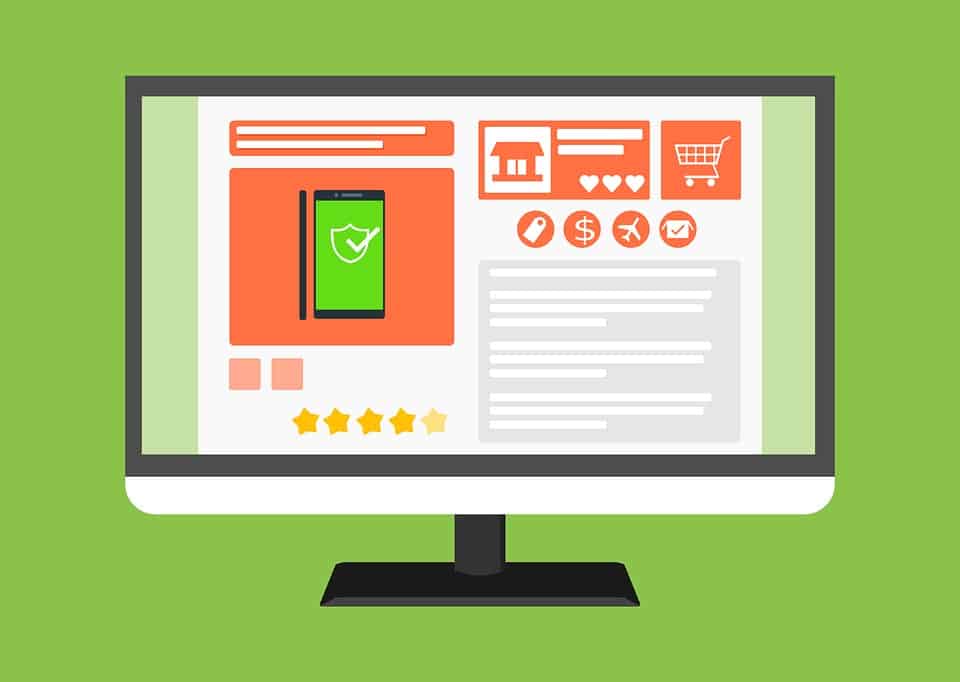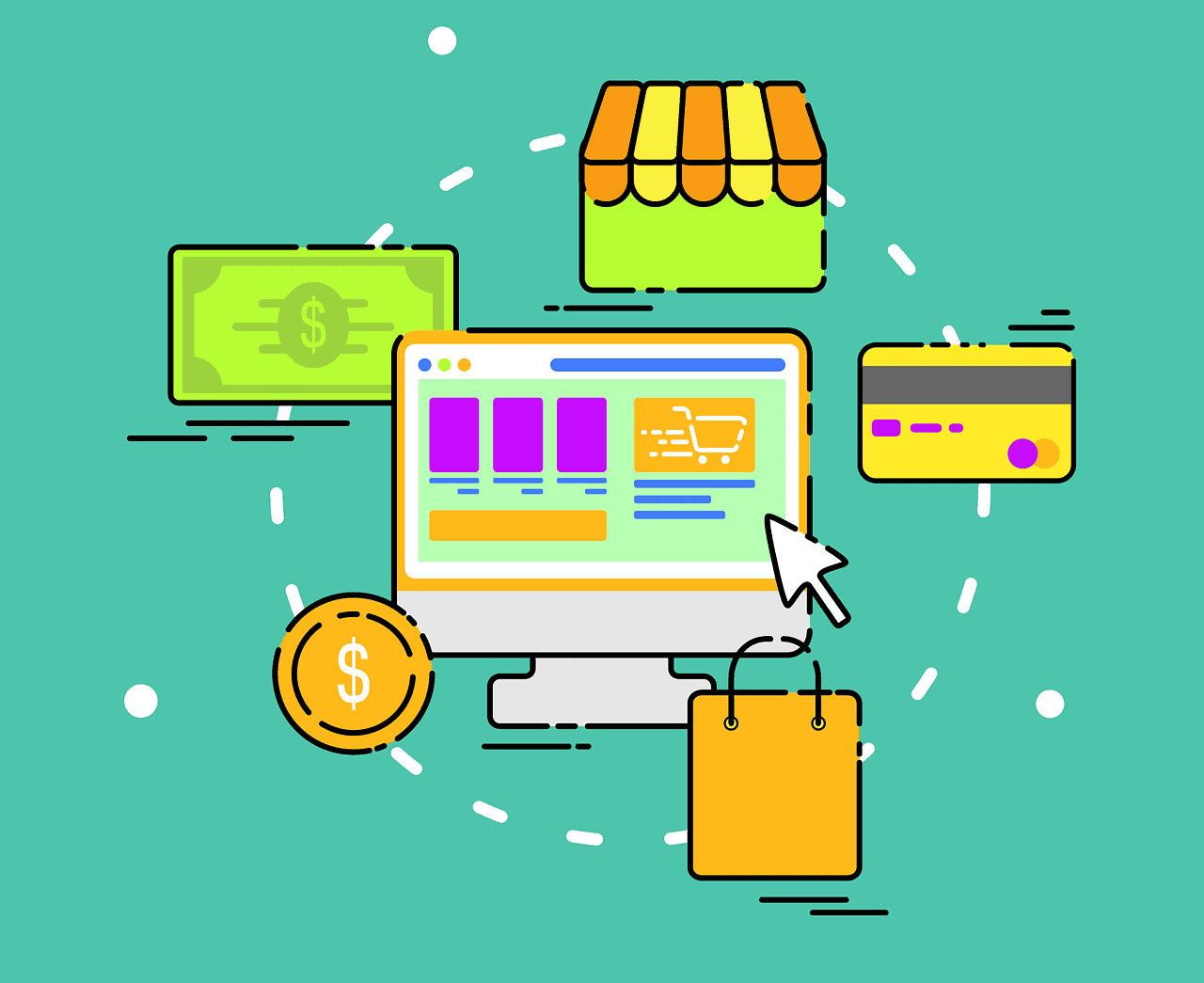For many entrepreneurs, data is everything. When you’re starting out an online store, you’re usually concerned with binary decisions that will make it easier for you to launch your business. You need to decide what product to sell, who your audience is and how to reach them, building a website and putting the proper tools in place to make it easier for people to find you.
In the early days, focusing on building a solid foundation so that you can successfully launch your business is understandable. But after your launch date, you need to step up your game further. You need to evolve from business builder to data analyst. Once your ecommerce store is up and running you need to make strategic decisions so that you can boost revenue, reduce cost and acquire more customers.
Knowing how to make sense of the data plays a big part in your business decisions. Informed decisions can help you improve your ecommerce store so that you can act on areas that need change or optimization. To do this successfully, you need to keep track of these metrics.
Customer lifetime value (LTV)
Customer lifetime value (LTV) is very important but always overlooked. This metric helps you determine how much profit you will earn during the average customer lifespan. Knowing the value of each customer will help you determine budgeting, strategy and help with forecasting. More importantly, it can help you understand how much money you spend in acquiring customers but still remain profitable.

It can also help you with decisions when it comes to strategies related to customer retention and frequency.
The basic formula for computing LTV is by taking your average order value and multiplying it by your purchase frequency. The product of this equation (customer value) is then multiplied by your average customer lifespan. To make it easier, analytics tools like Compass and OrderMetrics can calculate and report on LTV for you.
Customer acquisition cost (CAC)
Customer acquisition cost (CAC) or in some platforms as CPA or cost per acquisition helps you understand how much money you spend to convert or acquire new customers. This metric is important because it tells you how much money you need to spend in order to acquire a customer each month.
Calculating CAC is easy. Just divide the total costs associated with acquiring customers with the total number of new customers acquired over the specific time period when the money to acquire was spent. Example of costs include: paid ads, content creating, direct emailing, etc.
Once you know CAC, evaluate it with LTV to know how much money you’re spending to get new customers against how much money you will make during the duration that they are your customers. If you find that you’re spending more than you’re going to make, you have a problem that needs to be addressed.
Page Load/Speed
Page load time or page speed refers to the time it takes for your website to load fully for visitors. Online business owners need to remember that since they can’t meet their customers personally; their website is the primary tool for creating a good first impression.
Slow loading websites can affect customer experience. It also affects your bounce rate and high bounce rates affect your competitiveness in Google Search Results Page.
Revenue by Channel

You should also check revenue by channel to help fuel your business growth. Knowing where your money is making a bigger impact can help you make informed decisions about future marketing growth and strategies.
For example, if your paid Facebook ads are making more revenue compared to your email marketing campaigns then you need to shift more of your budget to Facebook and dial back on your email marketing campaign.
Google Analytics can give you an acquisition report so that you can access conversion rate and revenue data by channel. OrderMetrics and Glew are also good alternative tools for this metric.
You need to pay attention to data to build a profitable and sustainable business. Understanding ecommerce metrics can help you optimize resources, shape strategies and make informed decisions.
Take advantage of the online shopping boom with the help of a Sydney Ecommerce Web Designer. We customize your ecommerce store specifically for your business and we have the expertise to ensure that your project is a success.



